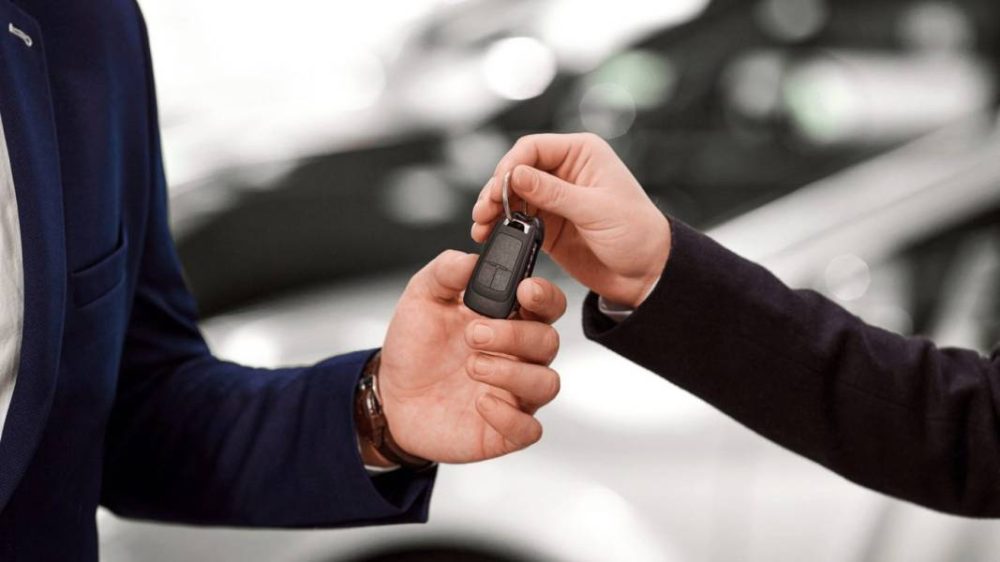A Certificate of Entitlement (COE) for a Category A vehicle, which is the kind that most first-time automobile buyers choose, cost a record S$103,799 in October 2024. This was a major turning point when COE premiums for the first time in 2024 surpassed the S$100,000 level, which was indicative of a larger trend of growing car ownership expenses in Singapore. This increase in COE premiums suggests that first-time car owners should reconsider their approach to buying their first vehicle. The ramifications are significant since the growing expense of COE premiums affects their budget and how they make decisions about owning a car.

Comprehending the COE System
To reduce traffic congestion and control the number of vehicles on the road, the Singaporean government introduced the Certificate of Entitlement (COE) system. Every automobile buyer is required by the system for a COE bidding, which gives them the legal right to possess and operate a vehicle for ten years. In a biweekly auction, the COE premium varies according to supply and demand. COE costs rise in times of high demand for automobiles, as they have in recent months, making car ownership more costly.
It is crucial for first-time purchasers to comprehend this method. The COE charge makes up a significant amount of the car’s overall cost. Even reasonably priced cars are getting significantly more expensive due to rising rates.
Rising COE Premiums’ Effect on First-Time Purchasers
First-time automobile buyers will have to pay much more up front after buying a car because of the rising COE rates. For example, customers may find it difficult to justify the entire cost when factoring in other expenditures such the car’s base price, insurance, and maintenance if the COE for a Category A vehicle (usually a smaller engine vehicle, suited for rookie drivers) costs more than S$100,000. As a result, the total cost of car ownership has gone up, which puts pressure on those who want to purchase their first vehicle.
First-time buyers now need to reconsider their spending limits because COE premiums account for such a significant amount of the car’s cost.
Financial Factors for New Automobile Purchasers
The increase in COE premiums has a direct impact on auto financing as well. Getting a loan is a typical method of financing a car purchase for many first-time purchasers. The needed loan amount increases in tandem with COE pricing. For buyers who may not have previously accounted for such large expenditures, this can become a financial strain as monthly repayments mount.
Additionally, as financial institutions take the vehicle’s overall cost into account when deciding loan terms, the higher upfront cost may potentially affect buyers’ eligibility for loans. Banks may give smaller loans or demand larger down payments if the COE premium accounts for a larger percentage of the vehicle’s cost.
First-time purchasers should carefully examine this financial commitment. It is crucial to consider the long-term financial commitment, which includes interest payments and possible increases in operating or maintenance expenses, in addition to the original cost of buying a car.
Changing Consumer Behavior and Market Trends
A closer examination of the COE market’s current patterns shows that the makeup of successful bidders has changed. Eighty-four percent of winning bids as of 2024 were from Singaporeans, up from sixty-six percent in 2022, according to reports. This suggests that local purchasers are becoming more interested in owning a private vehicle. Because of this increased demand, COE premiums are probably going to keep going up, especially for Category A cars, which are well-liked by first-time purchasers because of their smaller engines and cheaper prices when compared to larger models.
Techniques for New Purchasers
First-time purchasers can use a number of tactics to cut expenses in light of growing COE premiums:
Choose Smaller Cars: Category A cars are typically less expensive overall and with the COE premium. Selecting a small vehicle with an engine smaller than 1,600cc could assist offset the high initial expenditures while yet providing a novice driver with enough functionality.
Think About Used Cars: First-time buyers may want to look into the used car market as an alternative to buying a brand-new car. Used cars have the advantage of lesser initial depreciation even though their COE charges are usually lower
Budget for Long-Term Expenses: The 10-year COE validity period is a crucial component of auto ownership.
Unquestionably, rising COE charges are influencing Singapore’s first-time car-buying environment. These growing expenses bring opportunities as well as challenges. First-time buyers can make better, more informed judgments by being aware of the subtleties of the COE system, evaluating their financial possibilities, and taking into account other tactics like choosing used or smaller cars. Navigating the escalating costs of car ownership in Singapore would require keeping an eye on market trends and modifying expectations accordingly.
HedgeThink.com is the fund industry’s leading news, research and analysis source for individual and institutional accredited investors and professionals









